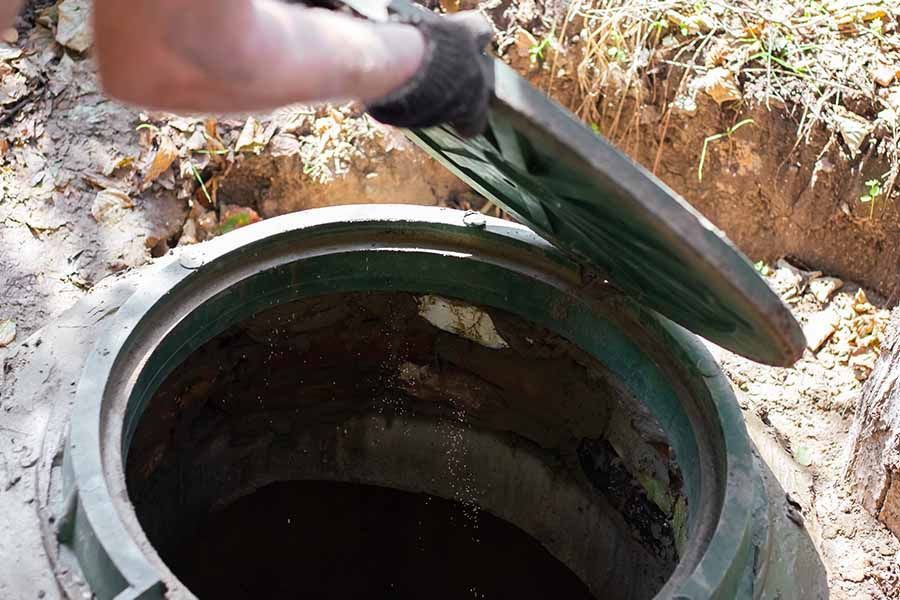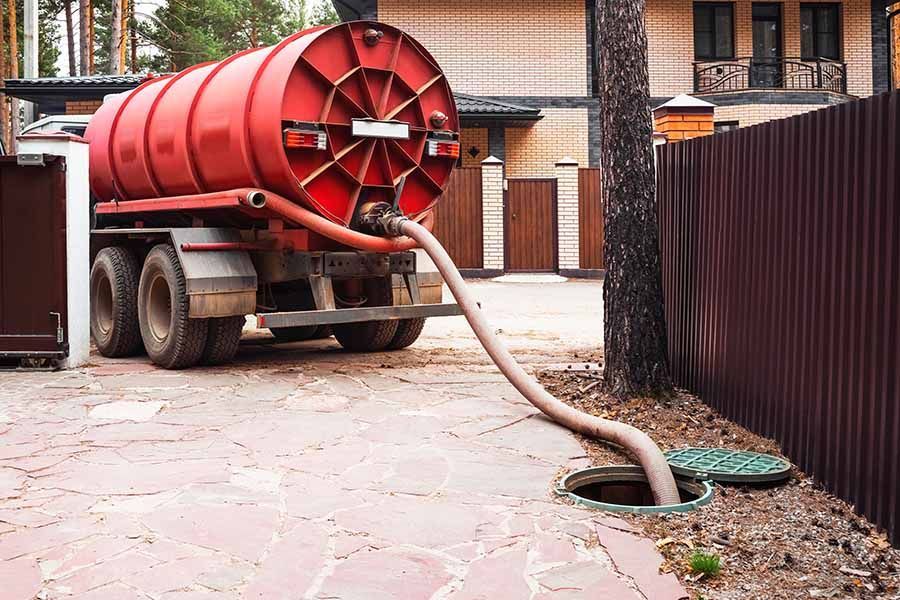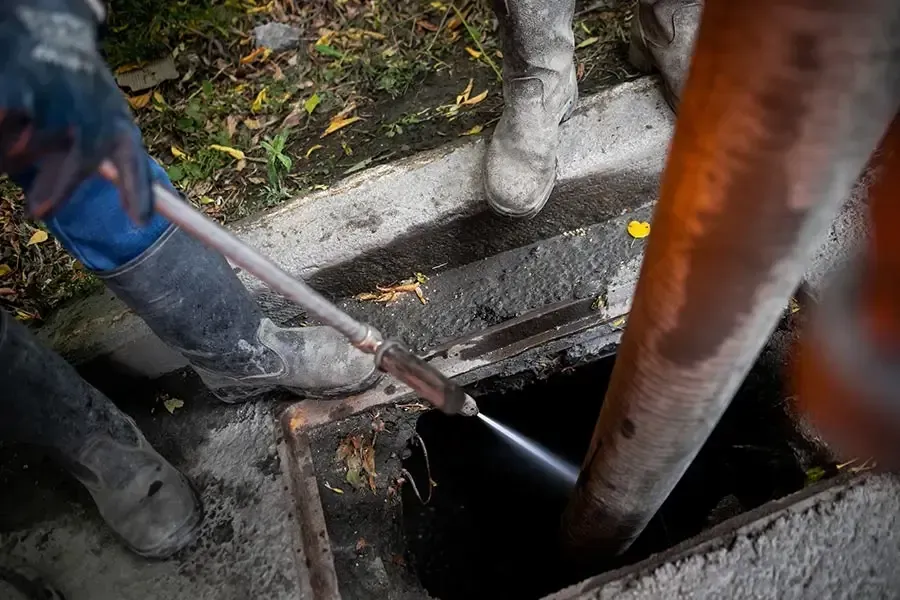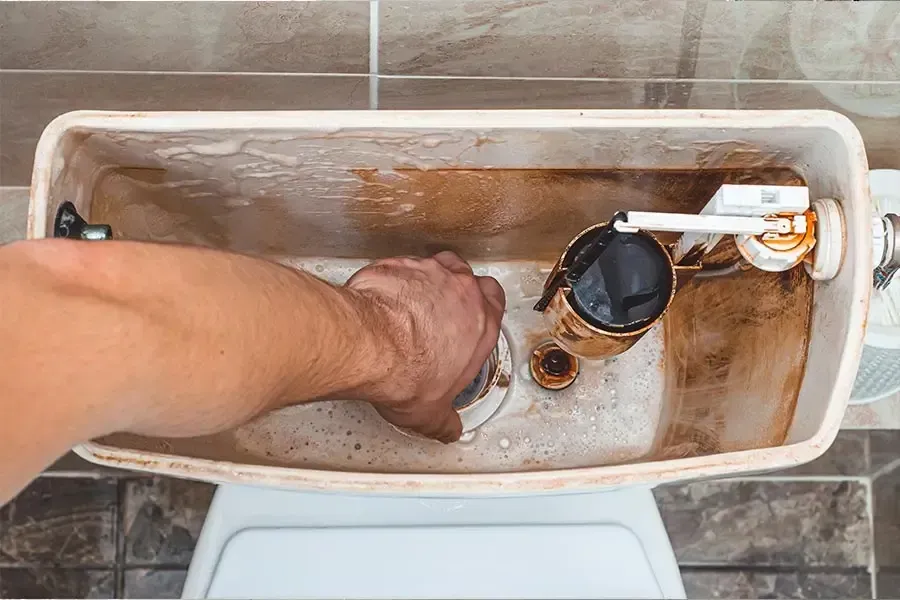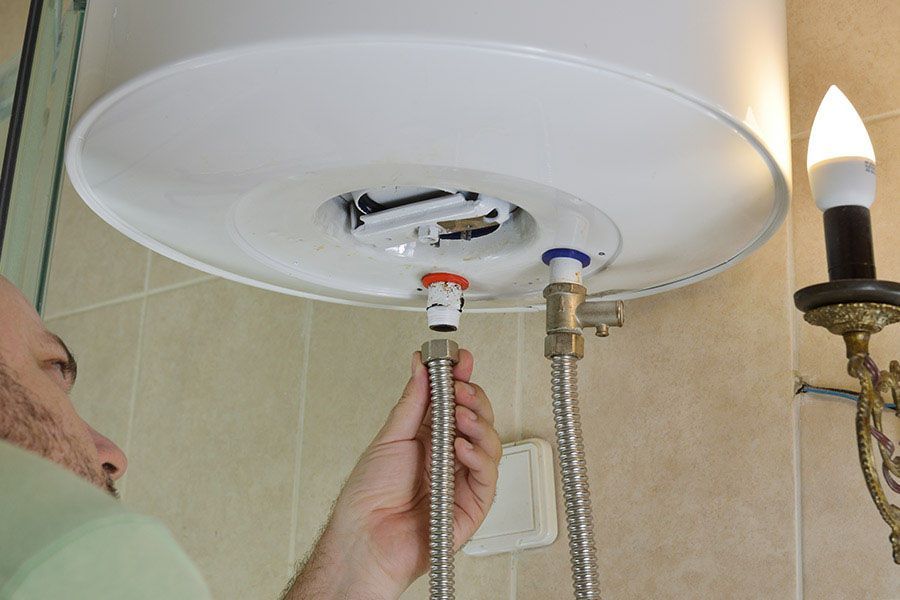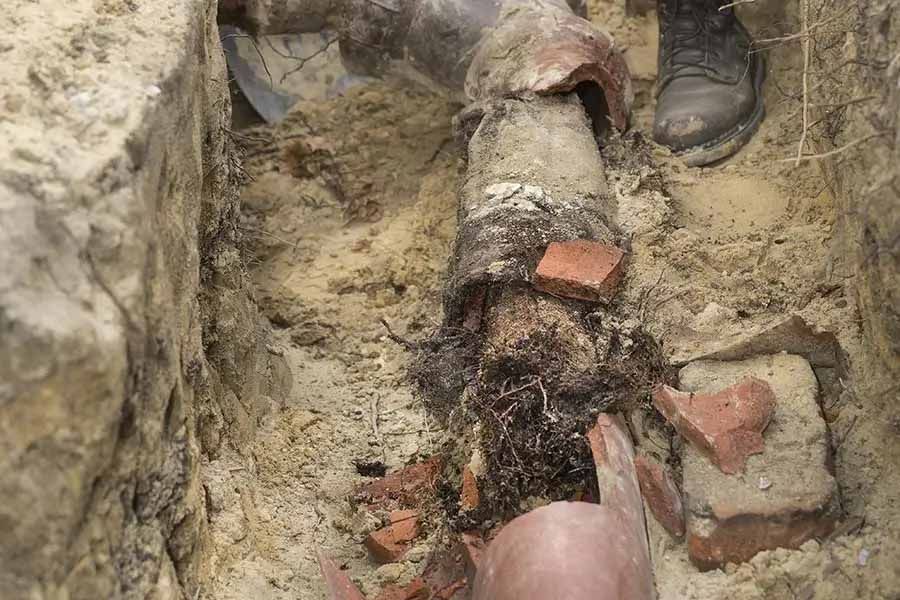As the brutal Winnipeg winter approaches, you might start shoring up your home, preparing it to withstand whatever the winter throws at it. You should definitely have draining water pipes for the winter on your list.
To help you prepare for the worst, we compiled a list explaining the importance of draining water pipes for the winter. We’ll also outline the process you should follow.
If your pipes have frozen or burst, immediately call King’s Services, and we’ll send over an emergency plumber in Winnipeg.
Why You Should Drain Your Pipes
If you don’t drain your outdoor pipes before temperatures dip below freezing, your pipes could freeze and even burst. When water freezes in your pipes, it puts your home and property at risk, creating problems for your washing machine, showers and tubs, and any other fixture or appliance that uses water. Frozen pipes can burst within your home, leading to serious property and water damage—even flooding when everything thaws.
Burst pipes can severely impact your home’s foundation and property value. Many homeowners see the process as confusing or painstaking, so we’ve outlined a simple guide you can follow to ensure you account for and drain every outdoor pipe.
Making a List
Start with a physical plan. List every plumbing component you need to shut off, so you don’t miss any—checking them off as you go. This prevents surprises, as sometimes turning off your water can take up to an hour, depending on your home’s plumbing layout.
How To Protect Your Plumbing
1. Locate Where Your Pipes Begin
This part may prove the most difficult. However, modern homes tend to have piping that starts in one place. Look around your main water valve, often in an unfinished portion of your basement.
2. Shut Off the Main Water Valve
Start with the main water valve. Next, turn off your water pump and water heater. This will keep the heating elements safe.
3. Open all Drain Valves and Taps
Due to the number of drain valves and taps in the average home, your checklist will come in handy here. Drain every valve until the water stops, then turn them off at the source.
4. Use an Air Compressor
This ensures all water leaves your pipes. You don’t want any excess water hanging around and freezing after you turn everything off.
5. Empty Your Hot Water Tank
Open the drain valve and let it empty. Use a garden hose if your water heater does not have a floor drain.
6. Empty Your Water Holding Tank
If your home utilizes a water holding tank, drain it and make sure nothing remains. Use an antifreeze solution on the tank as a preventative measure.
7. Examine Drain Traps
Sink and tub drain traps sneakily hide water susceptible to freezing, and many homeowners forget to check them. Again, add antifreeze to all drain traps.
How To Protect Your Pipes
1. Insulate
If you plan to use some of your outdoor pipes during the winter months, you’ll need to insulate them. This has the dual effect of preventing freezing and saving you money on energy bills.
At King’s Services, we specialize in circular insulation, and we can quickly install it on your pipes before winter arrives. Likewise, you can purchase pipe insulation from various hardware stores if you want to do it yourself. You can install heat tape, insulation sleeves, slip-on foam pipe insulation, or cable insulation in the fall for thin lines.
2. Fix Leaks
Survey the pipes and water lines around your property at the end of the summer. If you find any leaks, patch and repair them as soon as possible. Contact an experienced plumber at King’s Services if the leaking pipes connect to your heating or water mains, as these can be tricky and dangerous to repair.
3. Empty Drain Grates and Install Drain Protection
Like the drain traps in your home, you should clean all outdoor drains while draining water pipes for the winter. Remove leaves, mud, and other debris, as any clogs of existing materials could freeze as temperatures dip.
If leaves continue to fall as winter hits, you’ll want to block your drains, so they don’t get in. You can find drain protectors made from non-freeze materials at your local hardware store.
4. Protect Against Drafts
Cold air drafting through your foundation has the potential to freeze pipes layered within your home’s walls and basement ceilings. Drafts can enter from beneath doors, through gaps in the home’s outdoor walls, and more, meaning you’ll have to shore up a few areas to make sure your home remains airtight.
When you need draft help, either call a professional at King’s Services or buy insulation, plastic, wood, or caulking spray foam to cover up problem areas.
5. Keep the Heat On
Many homeowners forget to leave their heat at a reasonable temperature when they leave for the holidays. If you let your home’s temperature dip, it gets coldest within the foundation—where your pipes lie.
You don’t need to destroy your energy bill in the process, as you can get away with a constant stream of lukewarm heating. This will hardly show on your energy bill and goes a long way in keeping your pipes safe.
6. Drain Hose Bibs
If you forget to drain your hose bibs, they can easily burst at unforeseen times. Like other items on this list, you can insulate hose bibs with covers. Last, turn the bibs off at the shutoff valve.
State-of-the-Art Plumbing Services in Winnipeg
Whether you want to learn more about draining water pipes for the winter or need immediate plumbing service, at King’s Services, we’re here to help. We work with the best contractors in the area and strive to put the customer first.
Call us today at 204-815-5878 and see why so many of your neighbours rely on us as the Winnipeg plumbing experts. We offer 24/7 emergency services and will take your call anytime!
